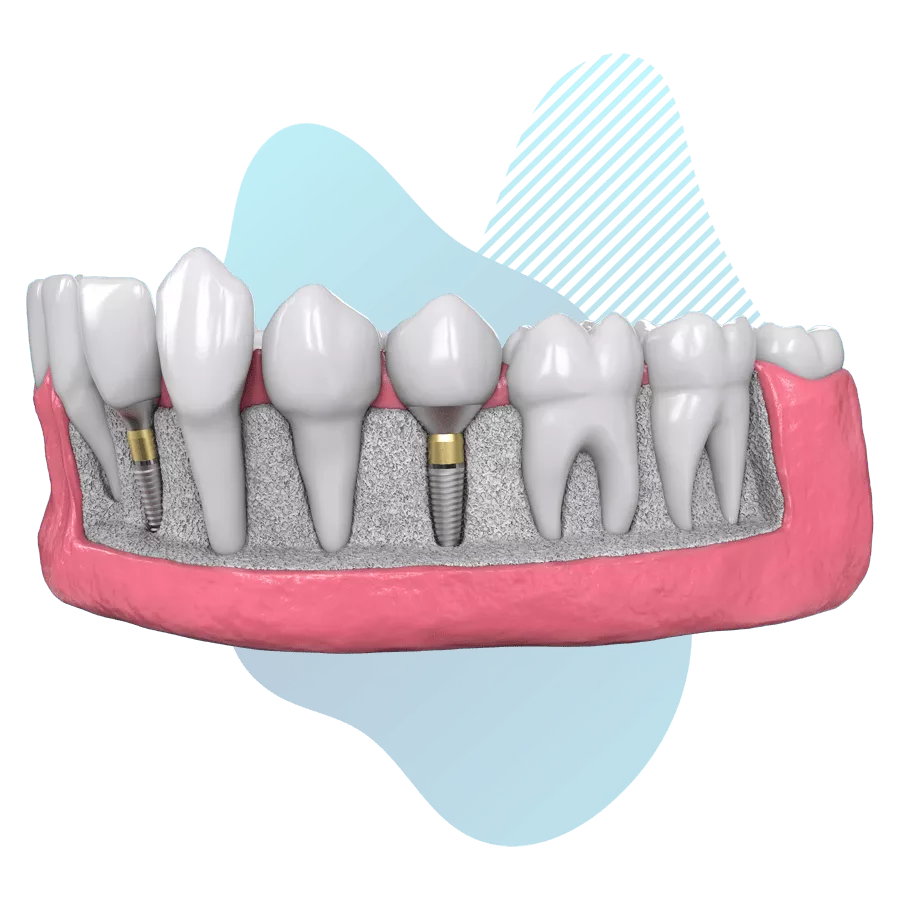Bone Augmentation (Bone Graft)
If you’ve lost teeth and would like to replace them with dental implants but lack sufficient healthy natural bone to support them, the solution may lie in a bone graft.
A bone graft is one of several advanced techniques used to rebuild lost bone, restore your natural jawline, and provide a strong, stable foundation for implant-supported teeth. Insufficient bone can result from gum disease, developmental issues, facial trauma, or the gradual deterioration of the jawbone in areas where teeth have been missing for some time.

